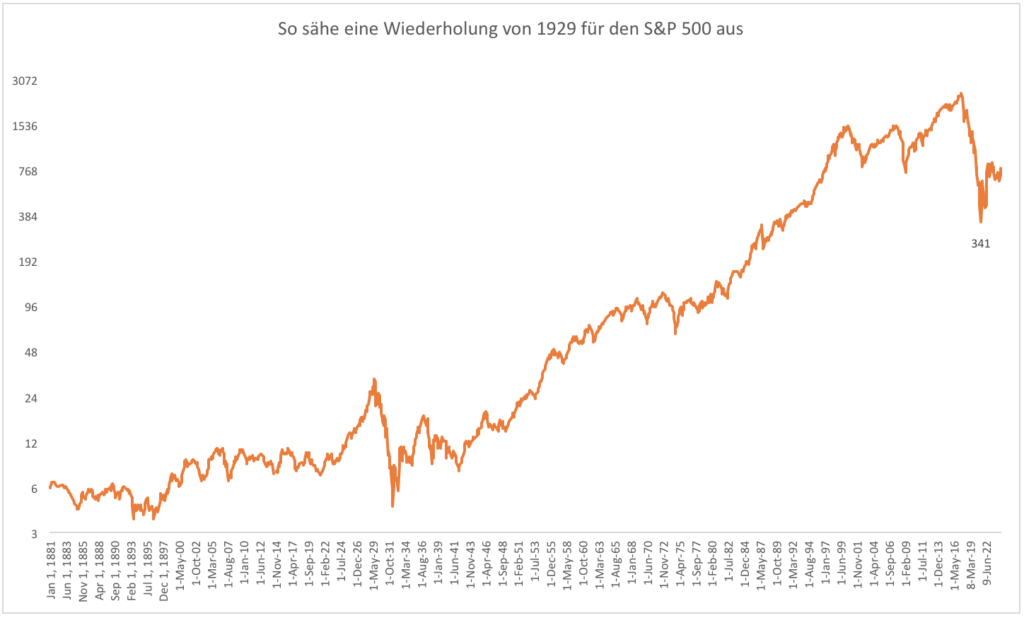
Introduction
The S&P 500, or the Standard & Poor’s 500, is a renowned stock market index that reflects the performance of 500 of the largest publicly traded companies in the United States. It serves as a key indicator of the overall health of the U.S. economy and is closely watched by investors, analysts, and policymakers due to its broad representation of various sectors. The movements within the S&P 500 can influence investment strategies and economic forecasts, making it a central focus in today’s financial landscape.
Recent Trends and Performance
As of October 2023, the S&P 500 has shown resilience despite ongoing economic uncertainties, including inflationary pressures and varying interest rate policies. The index has reported an increase of approximately 5% over the past quarter, spurred by strong earnings reports from technology giants such as Apple, Microsoft, and Alphabet. These companies have reported solid profit margins and continue to dominate the market, contributing to the upward trajectory of the index.
Moreover, sectors such as healthcare and energy have also played pivotal roles in driving the index higher. With the global push for sustainable energy solutions, companies within these sectors are seeing increased investments. This diversification within the index provides a buffer against potential downturns in specific industries.
Economic Indicators and Future Outlook
The S&P 500’s performance is often seen as a barometer of economic health. Analysts are closely monitoring economic indicators, including the GDP growth rate, unemployment figures, and consumer spending, to gauge the potential future movements of the index. According to recent reports from the U.S. Bureau of Economic Analysis, GDP growth is projected to stabilize at a modest rate of around 2% in the coming year, suggesting a steady economic environment.
Additionally, the Federal Reserve’s current stance on interest rates is a critical aspect of the S&P 500’s outlook. As inflation rates remain somewhat elevated, interest rate adjustments could impact consumer spending and business investment, thereby affecting the overall performance of the index.
Conclusion
In summary, the S&P 500 remains a crucial measure of market performance and economic conditions in the United States. Its recent gains amidst challenging economic performance highlight the resilience of major companies, particularly in the technology sector. As investors remain cautious but optimistic, understanding the trends and underlying factors driving the S&P 500 will be essential for making informed investment decisions. Looking ahead, analysts predict a period of moderate growth, allowing for continued strategic investment opportunities across diverse sectors.

